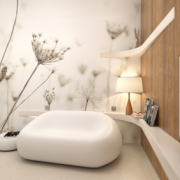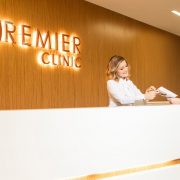Na našich stránkách používáme cookies k zajištění správného fungování a zlepšení vaší uživatelské zkušenosti. Některé cookies slouží k personalizaci reklam. Vaše osobní údaje mohou být použity společností Google, více informací najdete na jejich stránkách o ochraně soukromí. Souhlasíte s použitím všech cookies a uvedenými podmínkami?
Technické uložení nebo přístup je nezbytně nutný pro legitimní účel umožnění použití konkrétní služby, kterou si účastník nebo uživatel výslovně vyžádal, nebo pouze za účelem provedení přenosu sdělení prostřednictvím sítě elektronických komunikací.
The technical storage or access is necessary for the legitimate purpose of storing preferences that are not requested by the subscriber or user.
Technické úložiště nebo přístup, který se používá výhradně pro statistické účely.
The technical storage or access that is used exclusively for anonymous statistical purposes. Without a subpoena, voluntary compliance on the part of your Internet Service Provider, or additional records from a third party, information stored or retrieved for this purpose alone cannot usually be used to identify you.
Technické úložiště nebo přístup je nutný k vytvoření uživatelských profilů za účelem zasílání reklamy nebo sledování uživatele na webových stránkách nebo na několika webových stránkách pro podobné marketingové účely.































